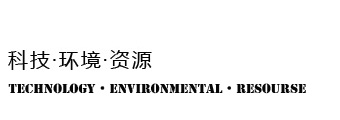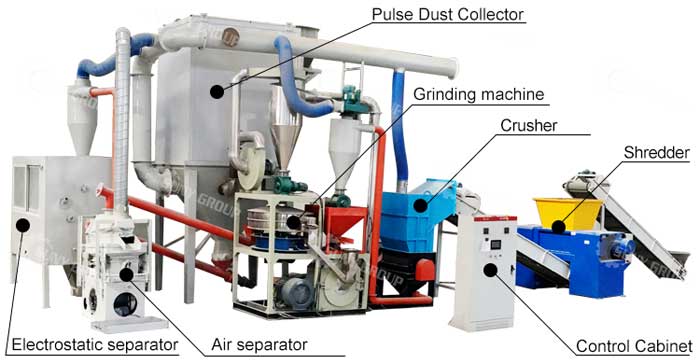E-waste precious metal extraction and refining equipment
The disposal of obsolete electronic equipment, parts and assemblies, including obsolete or damaged computers, computer monitors, television receivers, cellular telephones, MP3 players and similar products, is rapidly increasing. It has been recognized that when electronic equipment is dumped in landfills, it is a significant hazard to organisms and the environment in general. Likewise, it should be understood that improper disassembly poses a considerable risk to the health and safety of those performing manual disassembly.
Printed wiring boards (PWBs) are common components of many electronic systems. PWBs are typically fabricated by laminating dry films onto clear copper foil carried on a fiberglass board substrate. The film was exposed to a negative of the circuit board design and an etcher was used to remove the uncovered copper foil from the circuit board. Solder is then applied to the unetched copper on the board. Depending on the application and design of a specific PWB, various other metals may be used in the manufacturing process, including lead, tin, nickel, iron, zinc, aluminum, silver, gold, platinum, and mercury. A PWB includes many other components such as transistors, capacitors, heat sinks, ICs, resistors, integrated switches, processors, and more.
PWBs are potentially difficult waste to dispose of since they have little utility after they are removed from the electrical assembly in which they are installed. Furthermore, they are typically composed of materials classified as hazardous or “special” waste streams. They must be separated from other non-hazardous solid waste streams and handled separately. PWB disposed of as scrap must be disposed of using any of several disposal options available. Not only are these options expensive, but they require a lot of work and manipulation by the producer. Furthermore, since some of these disposal options do not include destruction of scrap circuit boards, the producer also retains many responsibilities associated with incorrect handling or disposal.
Different approaches have been proposed in an attempt to combat the waste of raw materials and environmental pollution caused by the ever-increasing loads of discarded e-waste. In the case of PWBs, the main problem still lies in the fact that different materials are glued, welded or glued together. Energy demanding methods are needed to separate materials so that they can be recycled. Currently, these methods include chopping up PWBs into armed, partially armed and unarmed states. For shredding, the first two cases are a cause for concern when considering the environment. In the last case, the component may be removed by desoldering, planing, gouging, polishing, wet chemical treatment (eg aqua regia, cyanide, etc.) or other similar methods. Thereafter, the PWB or its fragments are burned in metallurgical plants. In this process, the substrate material consisting of fiberglass and plastic or similar materials is also burned. The melting process of the PWB results in a high energy requirement. Refining molten metal also requires high energy and environmentally unfriendly methods such as smelting.
The methods described herein can be used to recycle e-waste and recover valuable and/or hazardous metals therefrom. The method provides an alternative smelting solution for recovering valuable and/or hazardous metals present in electronic waste.








Leave a Comment